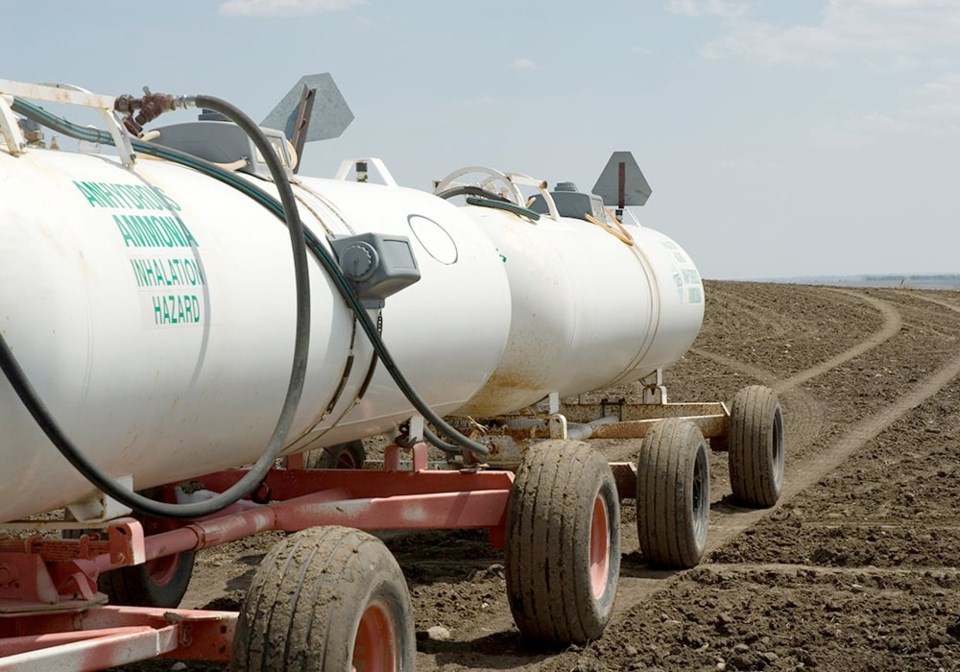Canadian agriculture can be a tale of two solitudes: the Prairies and everywhere else.
But Canadian agriculture faces many common challenges such as trade issues, public perceptions and, at times, governments’ misunderstandings of how modern farming functions. Most commonly, though, it shares a labour crisis. Each sector and region experiences it, and deals with it, in its own way.
Royal Bank recently produced a report that highlights the lack of people available to do Canada’s farming today and, more emphatically, in the future. While some of the report’s findings don’t apply directly to prairie agriculture, much of it applies to all.
A shortage of workers on Canadian farms has been a reality for decades. Some of it is due to the seasonal nature of the work. The post-war era saw otherwise un- or under-employed migrant Canadians, often from the Maritimes or northern Quebec, regularly performing seasonal farm labour in both Western and Central Canada.
The supply of those folks dried up from the 1980s onward and non-immigrant, temporary worker programs were devised to help the horticulture and tobacco industries, starting in the mid-1960s.
Jamaicans and Barbadians were first, followed by folks from Trinidad and Tobago and later Mexico and Central America. Most didn’t find their way to the Prairies.
At the same time, western farms’ margins shrank to the point that outside-the-family labour wasn’t affordable. Then tight net returns led to an increase in grain and beef cattle farm sizes to the point where those businesses had to either hire staff or halt growth.
This created a crisis of its own. Lack of seasonal migrant or immigrant workers available to large farming operations, combined with escalating land values, were barriers to entry. That further concentrated farming into fewer hands.
Today, direct entry into agriculture on the Prairies is unlikely without a significant investment of millions of dollars.
The RBC report points out that by 2033, 40 percent of Canadian farmers will retire or otherwise depart this mortal coil. Prairie farmers know their land will be farmed by someone because the competition for land, even rangeland, is fierce.
The same situation applies to Central Canada, but there it might result in horticulture converted to row crops unless immigrant or non-immigrant labour sources aren’t found soon.
The report highlights significant issues, including a lack of new entrants into farming and lack of humans to do the work. It also notes 66 percent of Canadian farmers do not have formal succession plans. That means the “someone else” who will continue the enterprise has yet to be identified and may not even exist.
The RBC report suggests Canada needs 24,000 more workers and farmers by 2033. It might be possible to find or encourage new farmers in the greenhouse and market-farm segments, where returns are still high enough to allow new farm starts. Elsewhere, it is unlikely.
It points to immigration as a source of new, replacement farmers. While that might work for farm labour or management, the financial barriers to entry will keep most new immigrants from a path to ownership in most areas of the industry.
More likely is a basic change to farming, much different from the past, in which those who own the land or farm businesses and those who farm them are not the same people.
Karen Briere, Bruce Dyck, Barb Glen and Mike Raine collaborate in the writing of Western Producer editorials.

